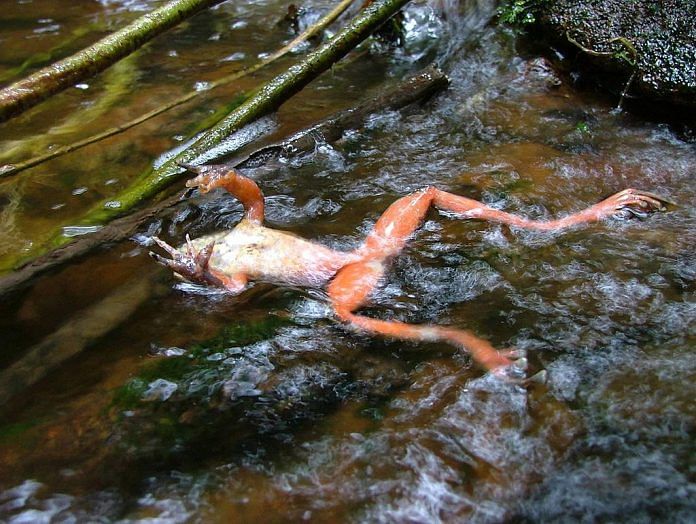New research uses weather data to study six major Indian famines
For the first time, a study used weather data to understand moisture content in soil during the six major famines in the Indian subcontinent between 1873 and 1943. Five of the famines were correlated with significant soil moisture deficits. However, during the infamous 1943 famine in Bengal that killed 3 million people, researchers note that there was no moisture deficit in the soil; the famine was caused by Churchill-era British policies. More on the Guardian.
The day dinosaurs became extinct
When an asteroid the size of Mount Everest hit the earth, it destroyed nearly all life, and famously, made dinosaurs extinct. Until now, no fossils from that day had been recovered. However, the earth and soil that went up into space before falling back when the asteroid hit, called tektites, have helped scientists discover full fossils now. The New Yorker profiles the work of the relevant scientist and details of the excavation.
This woman feels no pain and now we know why
Jo Cameron, 71, has never felt pain and has described her experience during childbirth as a tickle. She also experiences reduced levels of anxiety, depression, anger, sadness, and fear. She could never identify injuries because of her inability to feel pain, but she also healed rapidly and had no scars. Scientists have just discovered that this is because of a mutation of a gene called FAAH-OUT, which removes the front of the gene causing her to never feel any pain. The New York Times has details.
An apocalyptic fungus is wiping out species around the world
Batrachochytrium dendrobatidis or Bd is a fungus that we have observed for a couple of decades. It consumes amphibian skin and causes fatal heart attacks in creatures like frogs, destroying entire species. Twenty years ago, we thought it killed 200 species, but a new study shows the number is actually closer to 500. Of these, 90 species have gone completely extinct while others have seen their population fall by 90 per cent to 95 per cent. Read more in The Atlantic.
Also read: These plastic-eating fungi may be the answer to our garbage epidemic



